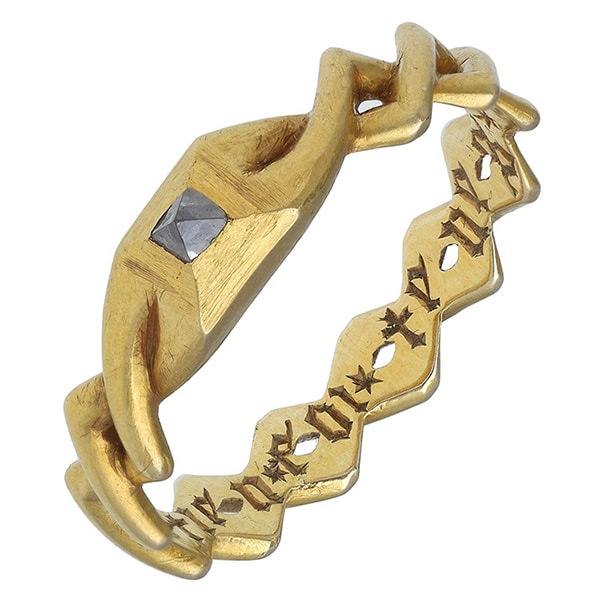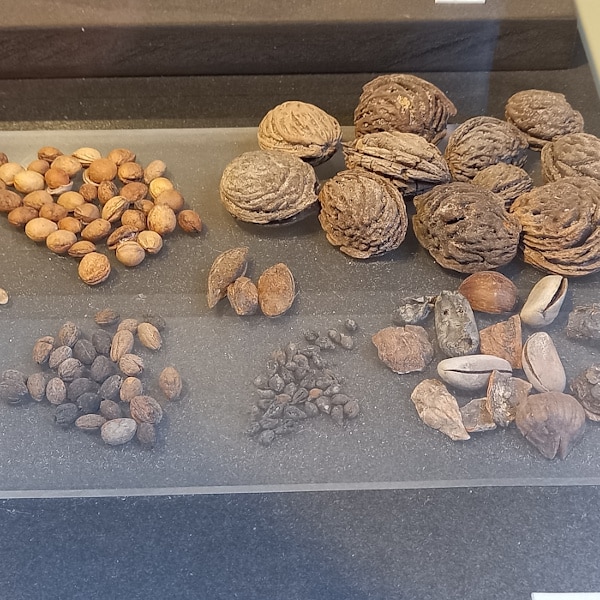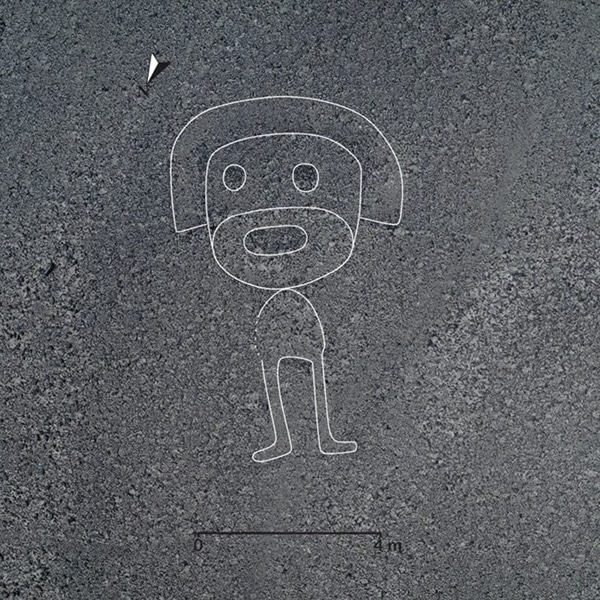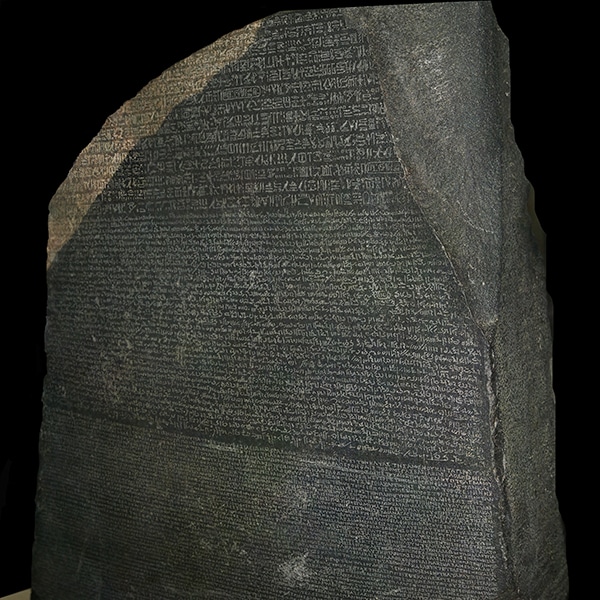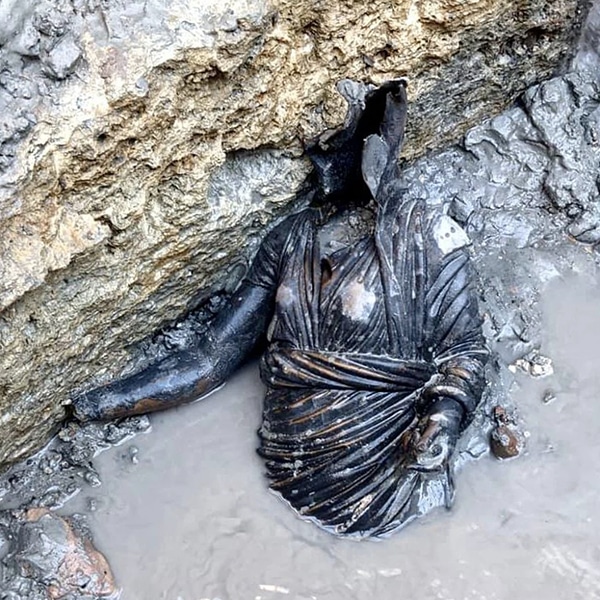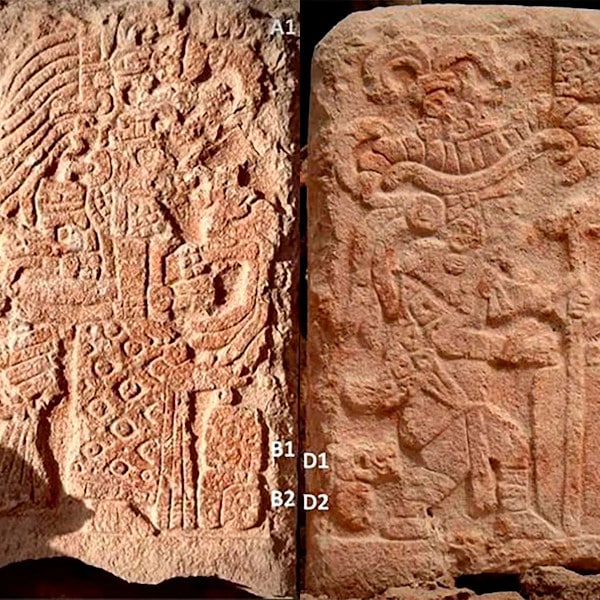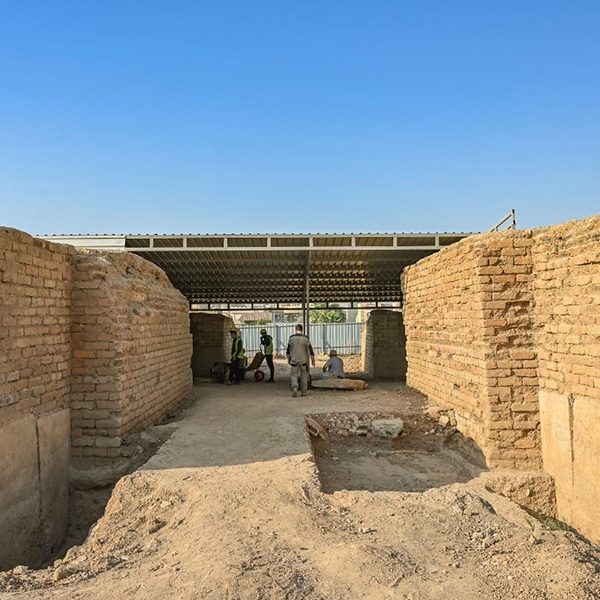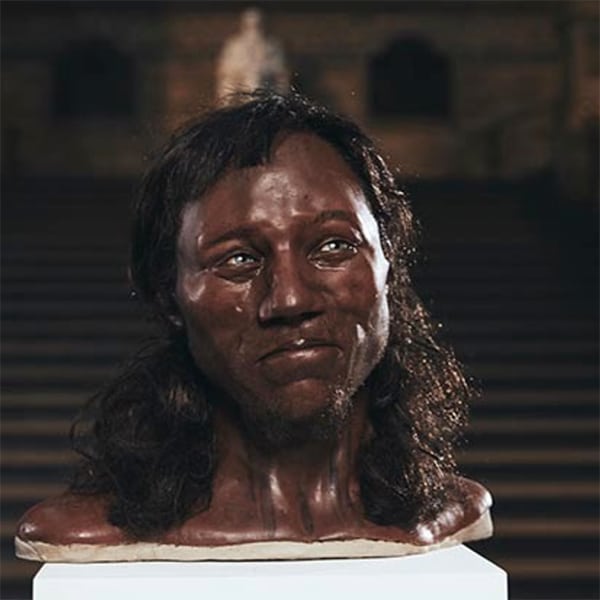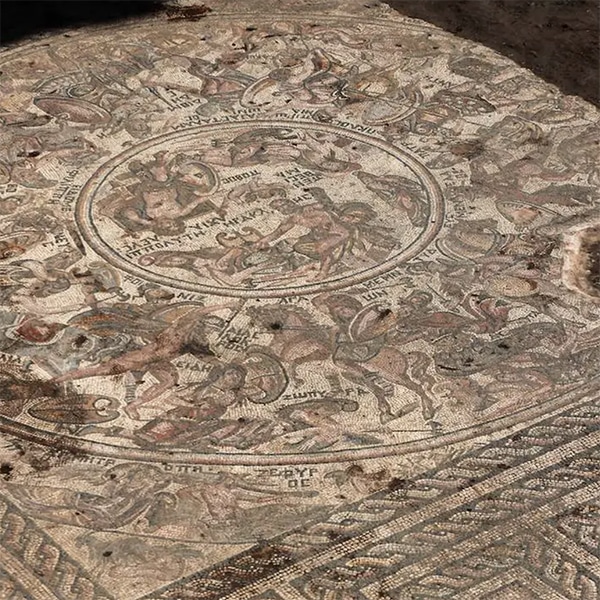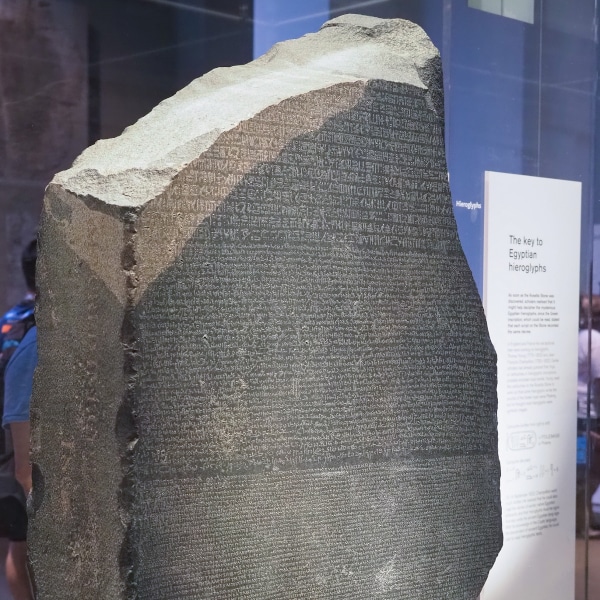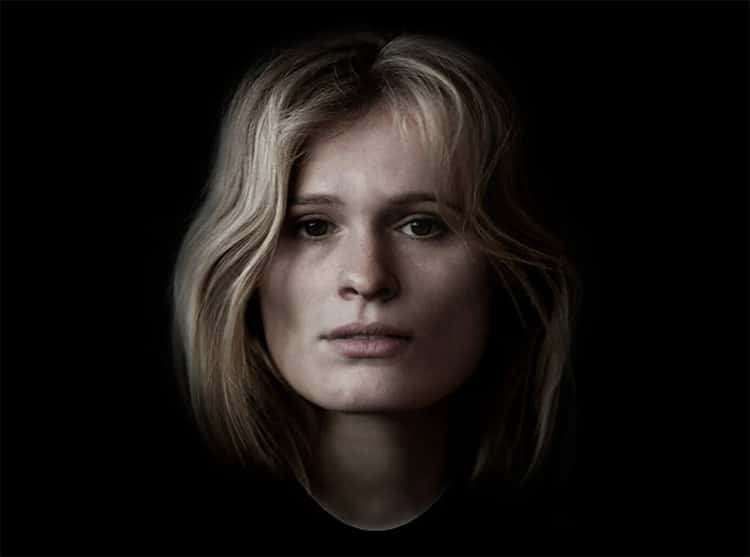
A young medieval Scottish woman as reconstructed from remains discovered at a medieval crypt in Whithorn, Scotland. (Photo: Christopher Rynn/Whithorn Trust)
History holds many surprises. Workers repairing a crumbling crypt in Scotland in 1957 learned this lesson the hard way when they stumbled upon three very old stone coffins. This grizzly discovery led to the uncovering of a medieval burial ground at Whithorn, the site of the oldest Christian community in the country. In recent years, a project called Cold Case Withorn has sought to bring the site to life using modern technology. The project has released images of facial reconstructions of three medieval individuals buried at the site: a wealthy bishop, a beautiful unknown young woman, and an anonymous cleric with a cleft palate.
The reconstructions began with skulls. The National Museums Scotland and Dumfries and Galloway Council Museums loaned three skulls to researchers at the UK's University of Bradford where they were 3D-scanned by Dr. Adrian Evans. These detailed scans provided the basis for reconstruction by Dr. Christopher Rynn, a craniofacial anthropologist and forensic artist. Rynn said in a statement, “This [reconstruction] entails the use of facial soft tissue depths, musculature sculpted individually to fit each skull, and scientific methods of the estimation of each facial feature, such as eyes, nose, mouth and ears, from skull morphology.”
The result is three stunningly realistic headshots of people who lived hundreds of years ago. One man was determined through radiocarbon dating, artifacts, historical records, and stable isotope analysis to be Bishop Walter. The Bishop sat at Whithorn from 1209 to 1235. He was buried with a gold, jeweled ring and showed signs of a rich diet and portly figure. The isotopes in his teeth indicated he grew up in Galloway. Also reconstructed was a much less well-off cleric; buried without luxury goods, the man's skull showed he had a cleft lip and palate. This made the reconstruction trickier.
The third skull belonged to a woman in her twenties who was also buried in luxury indicating high status. Rynn highlighted the exceptional symmetry of her skull, which indicates a sort of classical beauty. The reconstruction is pensive and beautiful, with flowing blonde hair. Of course, with any facial reconstruction, some artistic license—such as the size of the ears—must be taken where the bones cannot provide the answer.
“This project is of huge significance, because while we can never tell the full story of the lives of these medieval people, being able to reconstruct their diet, mobility, and now their faces, allows us to delve into their past and come face to face with them,” says Dr. Shirley Curtis-Summers, a bioarchaeologist at the University of Bradford’s School of Archaeological and Forensic Sciences, who is involved in the project.
All three faces will be on display soon at the Whithorn visitor center, allowing modern-day visitors to stare directly into the faces of the past and imagine their lives long ago.
Researchers have reconstructed the faces of three medieval Scottish people whose remains were discovered in a church crypt.
View this post on Instagram
The three include a wealthy bishop, a beautiful unknown young woman, and an anonymous cleric with a cleft palate.
View this post on Instagram
h/t: [Smithonsian Magazine]
Related Articles:
What Is a Reliquary? Here’s a Short Introduction To the Bejeweled Medieval Vessels
How Illuminated Manuscripts Were Created During the Middle Ages
Medieval Human-Shaped Lead Sarcophagus and More Found Under Notre-Dame Cathedral
Shining a Light on the Beautiful Illuminated Manuscripts of the Medieval Period


































































